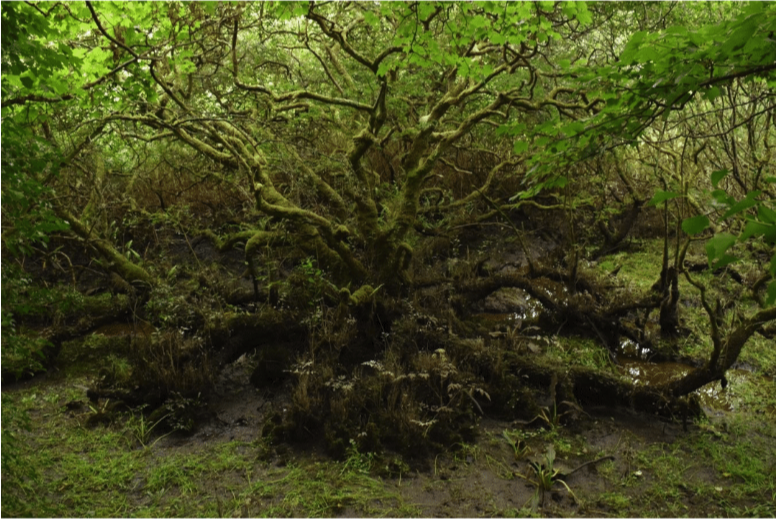New Report proposes plan for managing Invasive Species in Killorglin Town Park

The Killorglin Chamber Alliance is excited to announce the release of a new report on invasive plant species in the Clooncarrig Town Park. This important project was made possible through generous funding from the Heritage Council.

The report, prepared by BEC Consultants, was the result of a thorough survey of the park conducted in August 2024. The survey found a total of 22 non-native plant species, 15 of which are classified as invasive or problematic. These invasive plants can outcompete native species, disrupt ecosystems, and reduce biodiversity.
One of the most significant findings is the heavy concentration of invasive species in the park’s wet woodland area. This woodland, which borders the River Laune, is a valuable habitat designated as “Alluvial forests” It is also part of the Castlemaine Harbour Special Area of Conservation (SAC).
The report highlights several key invasive species of concern:
- American Skunk-cabbage: This large, cabbage-like plant spreads rapidly and can shade out native vegetation. It is listed on the Third Schedule of the European Communities (Birds and Natural Habitats) Regulations 2011.
- New Zealand Pigmyweed: This aggressive aquatic plant forms dense mats that choke out other species. It is also listed on the Third Schedule.
- Krauss’s Clubmoss: This creeping plant, resembling moss, spreads quickly and replaces native ground cover. It is particularly abundant in the wet woodland.
- Japanese Knotweed: This tall, bamboo-like plant is notorious for its rapid growth and ability to damage structures. It is also a Third Schedule species.
The report stresses that the tidal nature of the River Laune makes invasive species management particularly challenging. The river carries seeds from upstream and downstream, constantly reintroducing invasive plants to the park.
To effectively address this issue, the report recommends a catchment-level approach involving collaboration among various stakeholders. This means working together to control invasive species along the entire length of the River Laune, not just within the park.
The report provides a four-phase work plan to guide local management efforts. This plan prioritizes areas and species that can be managed effectively within the park and includes strategies for initial clearance, advanced clearance, and ongoing maintenance.
Next steps will be to seek multi-year funding in order to begin to implement the proposed plan.
The full report is available here tinyurl.com/Killorglin-ISMP